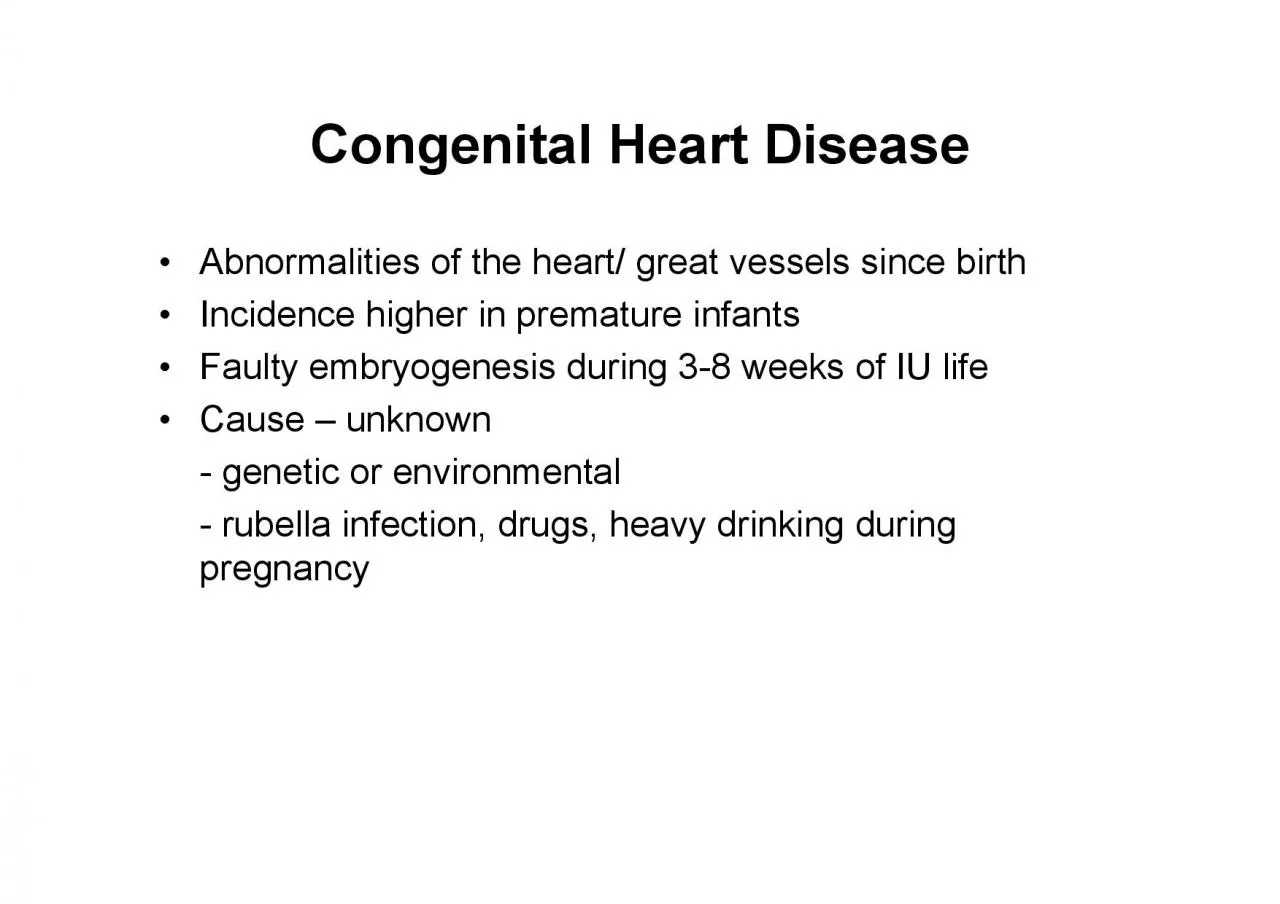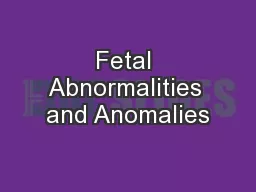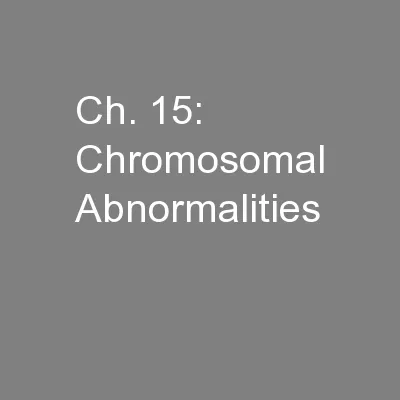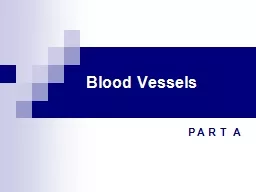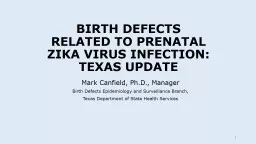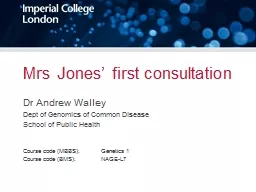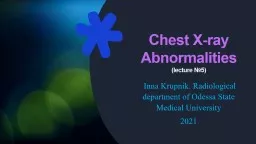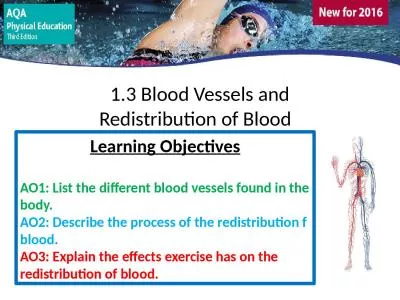PDF-Abnormalities of the heart great vessels since birth Incidence higher
Author : susan | Published Date : 2022-08-24
Classification 1Dextrocardia may be accompanied by situs inversus 2 Left to Right shunts Acyanotic or Late Cyanotic group Ventricular septal defect VSD 2530 Atrial
Presentation Embed Code
Download Presentation
Download Presentation The PPT/PDF document "Abnormalities of the heart great vessels..." is the property of its rightful owner. Permission is granted to download and print the materials on this website for personal, non-commercial use only, and to display it on your personal computer provided you do not modify the materials and that you retain all copyright notices contained in the materials. By downloading content from our website, you accept the terms of this agreement.
Abnormalities of the heart great vessels since birth Incidence higher: Transcript
Download Rules Of Document
"Abnormalities of the heart great vessels since birth Incidence higher"The content belongs to its owner. You may download and print it for personal use, without modification, and keep all copyright notices. By downloading, you agree to these terms.
Related Documents

